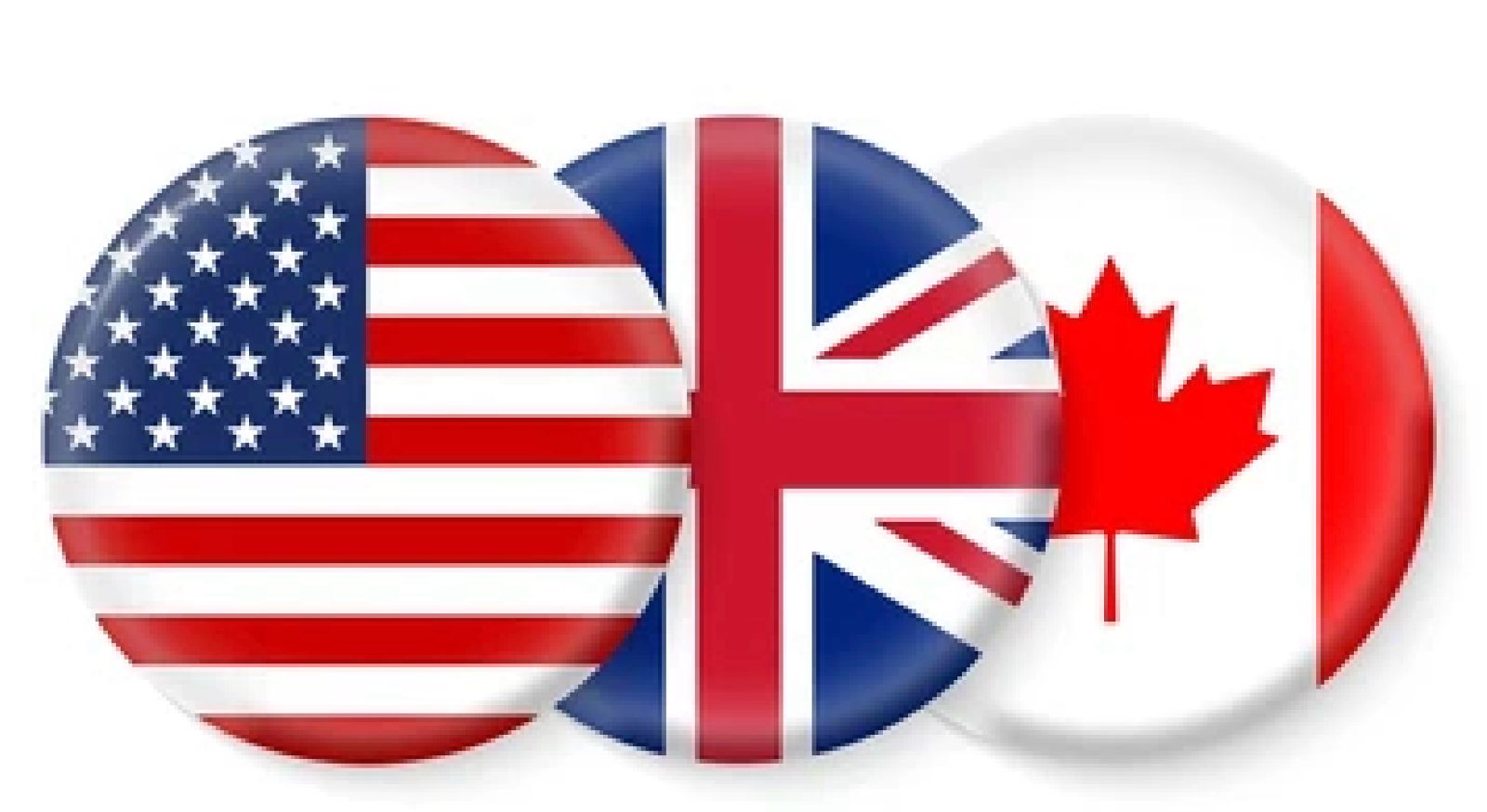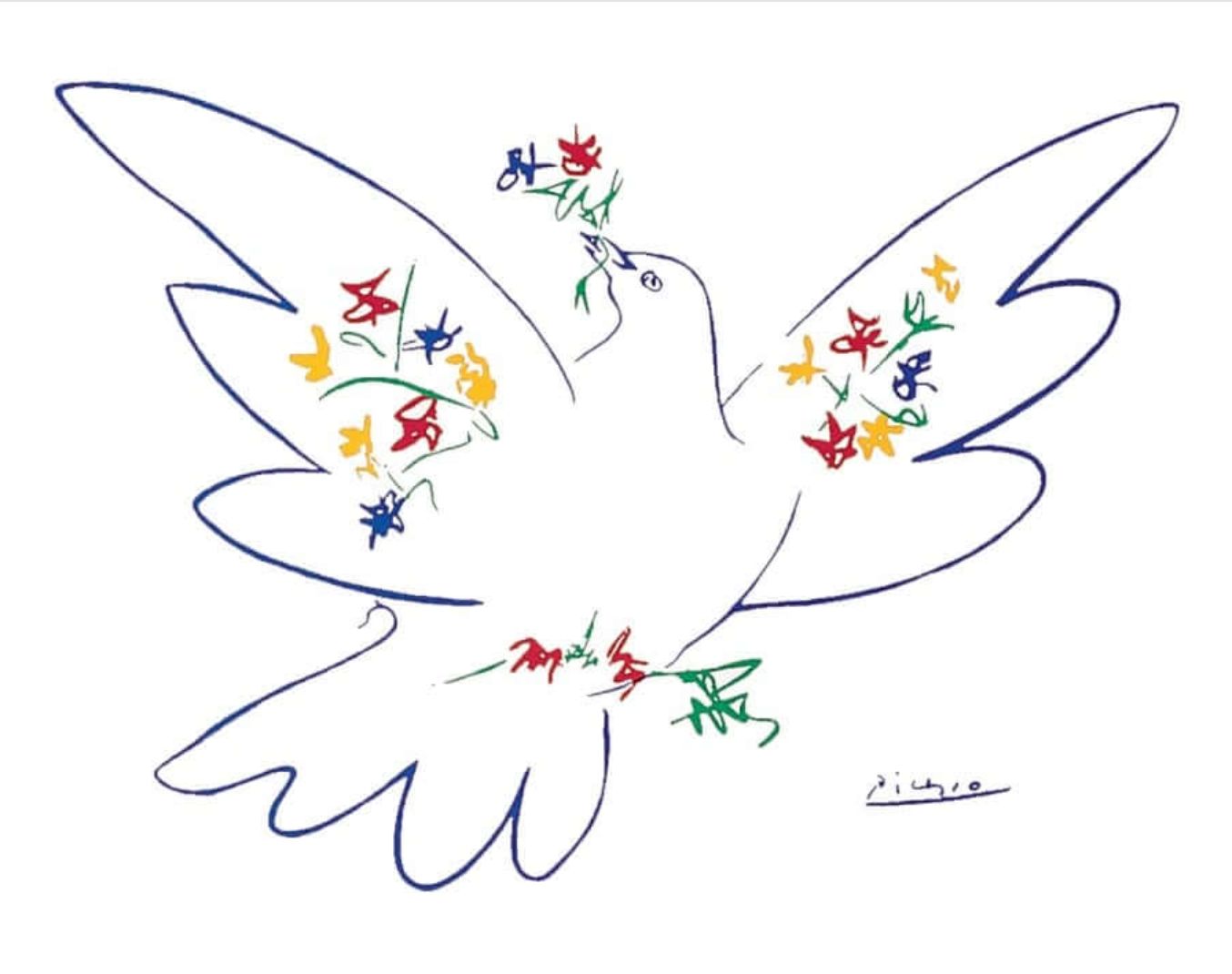
| Finding Ourselves in the Polarities of Everyday Life |
| Now as they went on their way, he entered a certain village, where a woman named Martha welcomed him into her home. She had a sister named Mary, who sat at the Lord’s feet and listened to what he was saying. But Martha was distracted by her many tasks; so she came to him and asked, ‘Lord, do you not care that my sister has left me to do all the work by myself? Tell her then to help me.’ But the Lord answered her, ‘Martha, Martha, you are worried and distracted by many things; there is need of only one thing. Mary has chosen the better part, which will not be taken away from her.” (Lukas 10, 38-42) We are consciousness: we awake each day with unbounded consciousness, expend conscious energy through the day, go to sleep in a shoreless sea of awareness, float through the night in freedom, and awake again to limitless possibilities of exploring and experiencing the self and her awareness. Consciousness is freedom, and the ultimate gift of the Godhead to the children. We exist in form: our bodies (mental, emotional and physical) own form and structure. Much of our lives are designed by, and experienced through, formalized activity. Consciousness seeks form for her expression. Consciousness, however, often uses form/activity to hide from itself. In our busyness we too often loose touch with our spiritual nature: as the self is buried in activity. Maria and Martha, and their brother Lazarus lived in Bethany, a small village in walking distance to Jerusalem. The family was much beloved by Jesus, who visited their home on many occasions. Maria was devoted to her teacher (Jesus) and desired to sit in His presence, as she ‘anointed Jesus’ feet, and wiped them with her hair’ (John 12:3). In India this is called darshan and satsang where the devotee bathes herself in the presence of the divine. Martha, on the other hand, was said to be ‘distracted by her many tasks’: keeping her home; receiving visitors, cleaning, washing, and preparing meals. Martha loved the teacher as well, and served Him through caring for His needs, but the contingencies of daily life occupied her thoughts and demanded much of her time.‘Jesus loved Martha and her sister and Lazarus’ (John 11:5)Maria and Martha represent extremes in approaches of life, devotion and Consciousness. In studying these two poles (one of silent devotion, and the other, a preoccupation for life’s many chores) we can see where we stand. Are we overly absorbed by life’s many demands and fascinations? Or are we neglectful of life’s needs (in the family and community) in our search for spiritual peace? THE MARTHA ARCHETYPE There are inner forms – which Daskalos described as elementals – that are composed of emotional and/or mental matter. Elementals are living entities with distinct characteristics, which rely on the personality for their regeneration (feeding them with etheric matter). Memories (from past lives, and this life), desires, ideas, passions, principals, and emotions are all elementals or clusters of elementals. Elementals are inner forms, which live within our subconsciousness, and draw on our energy stores for their livelihood (and even more energy when they are repressed by the personality). There are also outer forms: we partake in a collective physical and cultural architecture. We are, as well, surrounded at home, at work, and in the community with relationships, responsibilities, events, and activities. The happenings of the world – presented to us in detail, updated regularly – are filled with form, intrigue, drama and information. The Martha Archetype is engaged in the world, be it the household, the community, or in worldly matters. Engagement can be expressed as activity (as with Martha) but can also be an internal orientation towards outer and internal forms. Involvement in the complexities of family and community are the soils of xgrowth. Likewise our continuing identification with our elementals (inner forms) is the fodder of our emerging I-ness (our birth into the Christ Consciousness). We can be involved in the Martha Archetype in varying levels, ranging from functional and healthy participation, to excessive externalization of the self (in activity), or a self paralyzed by inner forms. Addiction to stress, substance and alcohol abuse, and other destructive patterns are often the result of restless and unresolved elementals (the inner forms within the subconsciousness), and/or by a lack of connectedness to outer forms (societal). By exhausting the self through work, or by putting the self to sleep through gluttony, is a desire to escape form, albeit expressed in a non-functional manner. The desire to escape the self (and her many forms) is a trait the Martha Archetype shares with the Maria Archetype – one through busyness, the other through bliss. |
| THE MARIA ARCHETYPE Spirit is undivided. It is simple and honest. Jesus Christ was the full Spirit of the Godhead embodied in man. Maria was drawn to the Christ not necessarily for His Teachings, but more for His presence. Since we left Eden we have longed for the original state of communion with the divine. Eden is a state of trust and abundance. The self in the worlds – existing in seas of external and internal forms – is too often overwhelmed, vulnerable and fearful. Jesus is in union with the Father (as was Adam), and radiates peace, trust and fullness. Many of us are drawn to organized religions or esoteric paths out of the desire for wholeness and trust. This desire is deep in our bones, and when life grows toocomplicated because of inner injury, or suffering from a lack of meaning in our harried lives, we want to flee daily life and sit, as did Maria, at the feet of a Master. The desire to worship is good, so long as we remain functional and active in daily life. The luggage of everyday life, and the elementals in our subconsciousness, can not be simply removed like an overcoat. They go with us to the caves of the Himalayas, to Mount Athos, or to Sunday service, and demands to be ultimately resolved. Daskalos, for one, encouraged us to balance ‘spiritual’ work (readings, meditations, introspection, and exercises) with the demands of family, work and communal life. |
| FINDING BALANCE |
| Each night, at least once, the personality enters a state of seeming nothingness. In these states there is no self: no George, or Mary. There are no desires, no memories, and no thoughts. In these states we are spirit. We are free. But we wake up, and as we do all the elementals wake up with us. George is re-constitute, and Mary becomes Mary again. Daskalos |
| When I wake I immediately make a cup of coffee (altering my consciousness), read the newspaper or turn on the news (bringing worldly and communal forms into my consciousness), check the mail (e-mail or post) and thereby bring news from friends and family into my waking consciousness. An hour after awaking I have brought the entire world into myself, and after the second cup of coffee I have excited my nervous system still further. Pure Martha energy. From my two-year stay in Nepal I have many lasting memories of a culture steeped in spirituality. One in particular is of a small town a few kilometers away from Kathmandu. Baktupur is a medieval village that has kept much of its ancient character and farming values. I made a point for spending a few nights there just to take in a daily morning ritual. A small river coursed its way on the outskirts of town. Age-old temples line the banks, filled with Hindu and Buddhist images. |
| An hour before the sun rose, one temple would fill up with a handful of musicians who lived in and about Baktupur. They would exchange a few words and they would begin to their bajuns, holy songs to the Gods. For well over an hour they sang filling the air with sacred serenades, as the sun rose gentle on the town. Pure Maria energy. |
| THE BETTER PART |
| “It is written, ‘One does not live by bread alone, but by every word that comes from the mouth of God.'”(Luke 4:4) |
| Daily life is transitory and fleeting. We forge rich ties with our families and our communities, which often extend over many, many lifetimes. Experiences, fascinations, and passions are important to the self that it can learn what it is, and what it isn’t. But we are souls, and children of the Godhead, and our eternal and divine nature needs to be cared for, that it can express its wisdom and love through a personality. Christ called Maria’s the ‘better part’ because her thirst was for the universal and the eternal (noble elementals that we carry, and enrich, from life to life). The particular tasks of this day they may be should never wash away our divine nature, lest we loose touch with our source. |
| ‘Heaven and earth will pass away, but my words will not pass away.'(Luke 21:33) |
| Daskalos likened spiritual growth to a small seedling. To mature it needs rich soil, water and sun. Exposed to too much sun or water (excessive meditation) it will wither. There needs to be proportion, patience and pace for spiritual growth to thrive. As students of esoteric Christianity we seek to bring the two poles represented by Martha Archetype and Maria Archetype to a meeting point within us. The musicians of Baktupur do head for the fields to work, and after my busy morning I make a point of meditating, praying, healing and allowing space for inspiration. In our study of Maria and Martha we can all take stock of our own lives: how are we balancing our desire for the peace of heaven with our involvement in the world? I suggest we each meditate on Martha and a Maria and see what it has to say to our spiritual and daily lives. © Paul Skorpen 2007 |




